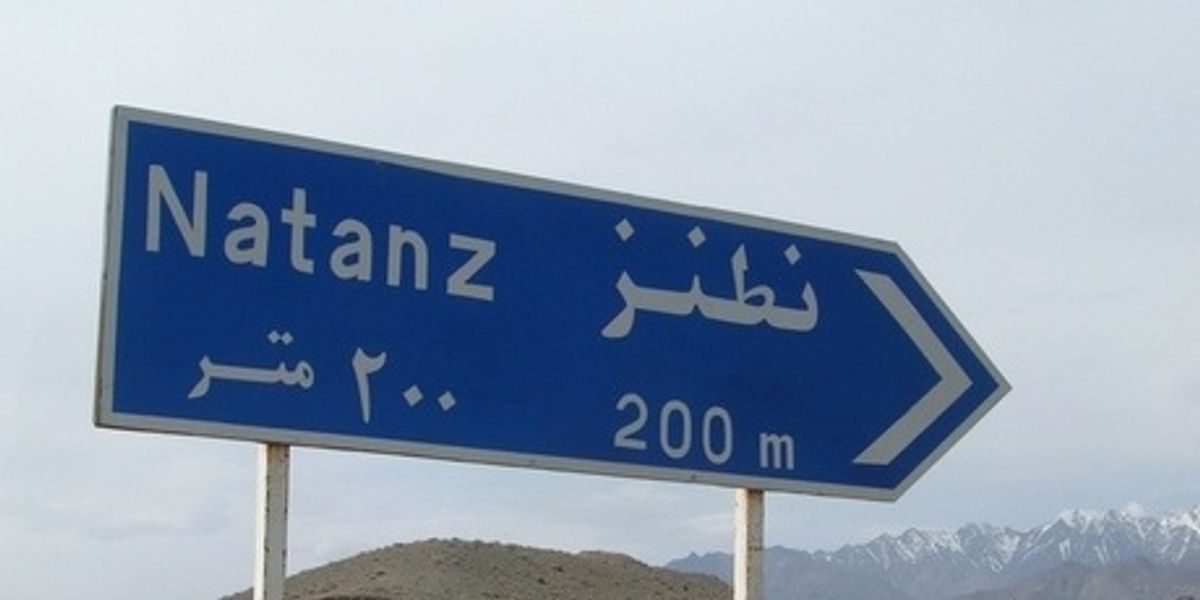The disclosure by the International Atomic Energy Agency in March and November 2003 that Iran had systematically violated Nonproliferation Treaty Requirements for more than two decades was a major turning point. So too was the report disclosed yesterday, in which the IAEA finds that Iran has had a well organized program to develop an implosion bomb that could be fitted to one of its medium-range missiles.
Before, the IAEA had determined that Iran was secretly building facilities to obtain materials for a nuclear bomb--the enrichment plant at Natanz, and a heavy-water production plant that could provide means of obtaining plutonium from natural uranium--and that it only made reports to the agency about the facilities once the agency had learned of them from other sources. Now the agency is saying Iran not only sought materials for a nuclear weapon but also was actively designing the weapon and obtaining components for it, and that in all likelihood such work only appeared to have fully stopped in 2003--04, contrary to previous U.S. intelligence assessments.
The new IAEA report is enormously detailed and takes care to indicate where evidence came from an how it was corroborated. Though it does not name the member state that provided a key 1000-page document, or some ten member states that provided other evidence, it's clear that the agency did an enormous amount of cross-checking over a long period to test the plausibility of various allegations.
What it found was that up to 2003-04 Iran had an elaborate program to develop everything needed for a deliverable implosion bomb. Upon coming under intense international scrutiny and pressure in 2003, it shut down that program and physically destroyed all traces of it. But elements of the program appear to have continued, under the leadership of the same scientist who had managed it up until 2003.



